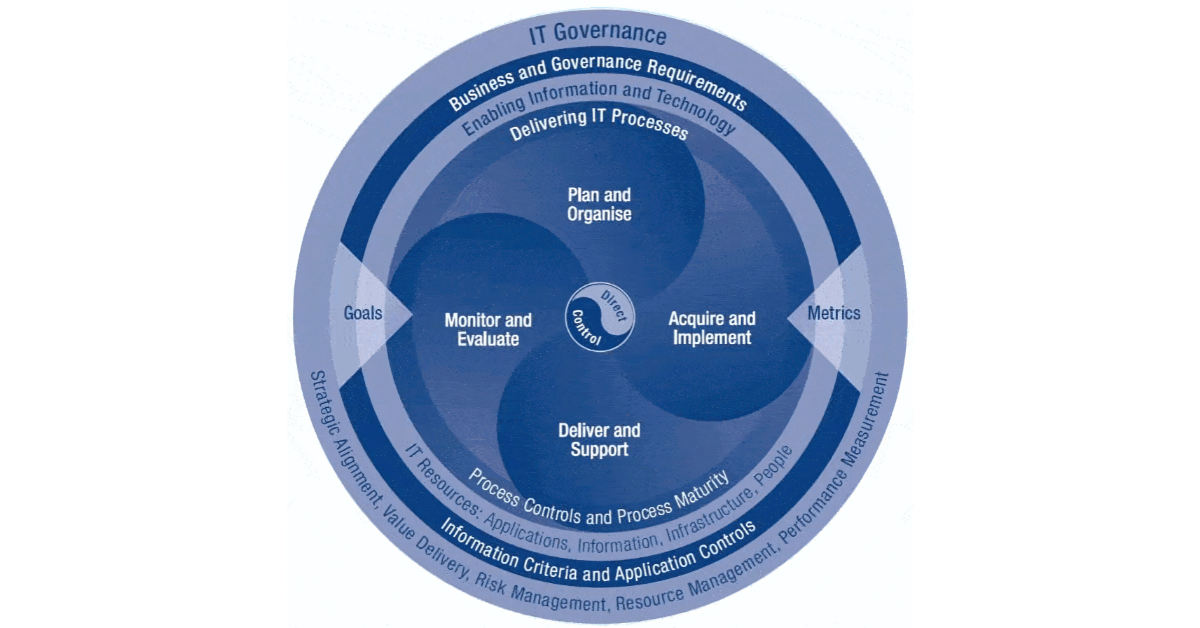Information Technology (IT) has established itself as fundamental in companies, based on the understanding that the best software management or Software Asset Management SAM it can optimize operational processes and, consequently, generate productivity.
In this sense, Software Governance, through IT Governance, can be understood as a set of policies and regulations applied in a business environment, organizing all available technological support and developing the skills of IT professionals.
By aligning the technology sector with the company's strategic planning, with focused and efficient professional management in the area of Governance, the business potential can be better explored.
The strategic role of Software Governance and Software Asset Management
It is important to point out that IT management is not restricted to the sector in which it operates, as despite the promotion of internal control practices, it operates throughout the organic functioning of the company.
Management must be added to strategic planning, as its activities converge with the company's vision, in terms of scope and objectives.
IT Governance operates under one of the main pillars of a company, as it works as an information keeper. Understanding the importance of data security for the functionality and development of any business, maintaining the productivity of systems and software is essential for their full capacity.
How to put SAM into practice?
There are several governance models that can be applied to the management of IT resources. These models are also known as frameworks, and need to be studied on a case-by-case basis by the company's management in order to choose the best method, according to demands and respective plans. Here are some of the most famous:
COBIT (Control Objectives for Information and Related Technology) is considered a full model of governance. Focused on the strategic level, this control framework enables the provision of information for companies to achieve their goals, allowing for advanced management resources.
Risk It is a complementary framework to COBIT, as it allows for an integration of IT risk management with that of the company itself, by offering information about potential risks. From there, the tolerance to these risks is evaluated and responsive measures are presented.
The ITIL (Information Technology Infrastructure Library) focuses not only on meeting the needs of the company itself, but also on its audience, being more suitable for the purpose of optimizing IT services provided within the company itself.
Scrum is mainly applied to project management, having become popular in the management of agile software development projects.
The PmBOK (Project Management Body of Knowledge) also manages projects, with the purpose of improving the development of IT professionals, improving techniques and skills.
How does Software Asset Management benefit companies?
In addition to information security, with the possibility of improvements in the use of available software resources, process automation is improved, allowing cost savings. These are the main benefits of Software Asset Management.
Impacts are also felt in the company's marketing and business sectors, with the adoption of market innovations, and possible risks can be anticipated, making decision-making more flexible.
The efficient implementation of IT Governance involves a series of challenges involving information security and the strategic alignment of technological solutions with business objectives. In this context, data governance and risk management become essential to ensure the reliability and integrity of the information used by the company.
Digital transformation has driven new ways of managing information technology, bringing greater efficiency and automation to processes. However, this evolution also requires increasingly rigorous internal controls to minimize vulnerabilities and mitigate operational risks. To this end, the use of audit trails allows monitoring compliance of IT operations and ensuring that all actions are aligned with the organization's policies.
The incorporation of artificial intelligence into software asset management has also been a strategic differentiator for companies. AI enables predictive risk analysis, automates audit processes, and improves data security. This makes decision-making more agile and assertive, ensuring greater control over IT resources.
Furthermore, corporate social responsibility is also directly linked to data protection and customer experience. Ensuring information security is not only a matter of compliance, but also an ethical commitment to users and business partners. By investing in solid IT governance practices, companies not only mitigate risks but also strengthen their reputation in the market.
Another significant benefit is the reduction of operational costs. Implementing effective IT governance and strategic alignment strategies allows you to optimize the use of IT resources, eliminating waste and increasing operational efficiency. Companies that adopt this approach are able to balance innovation and security, ensuring sustainability and continued business growth.
Governance teams play a key role in this scenario, being responsible for implementing effective policies and managing resources. To illustrate these concepts in practice, customer stories and practical examples demonstrate how well-structured governance can positively impact a company. In addition, maintaining an up-to-date software inventory is essential to ensure compliance and avoid unnecessary risks, contributing to a safer and more efficient technological environment.
Data governance, risk management, information technology, company strategies, internal controls, information security, digital transformation, strategic alignment, artificial intelligence, audit trails.


